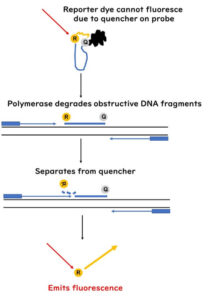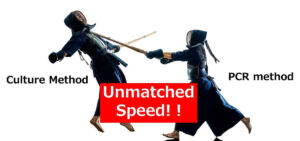Real-Time PCR has revolutionized diagnostic testing in various fields, including food microbiology. However, its quantitative potential remains underutilized in the food industry due to inherent sensitivity limitations and unique requirements for detecting pathogens at ultra-low levels. In this article, we explore the reasons behind these limitations, compare Real-Time PCR’s role in food safety with its use in clinical diagnostics, and discuss its practical applications for food quality control professionals.
Real-Time PCR is widely used in various fields, but its quantitative capabilities remain underutilized in food microbiology. This article explains why this is the case and highlights the unique challenges in applying Real-Time PCR for food testing.
Why Real-Time PCR Faces Limitations in Food Microbiology
Real-Time PCR, in principle, is capable of detecting even a single DNA copy in a reaction tube if primers, reaction systems, and inhibitory substance removal are optimized. However, the challenge lies in transferring that single DNA copy from the food sample to the PCR tube due to unavoidable dilutions during preparation.
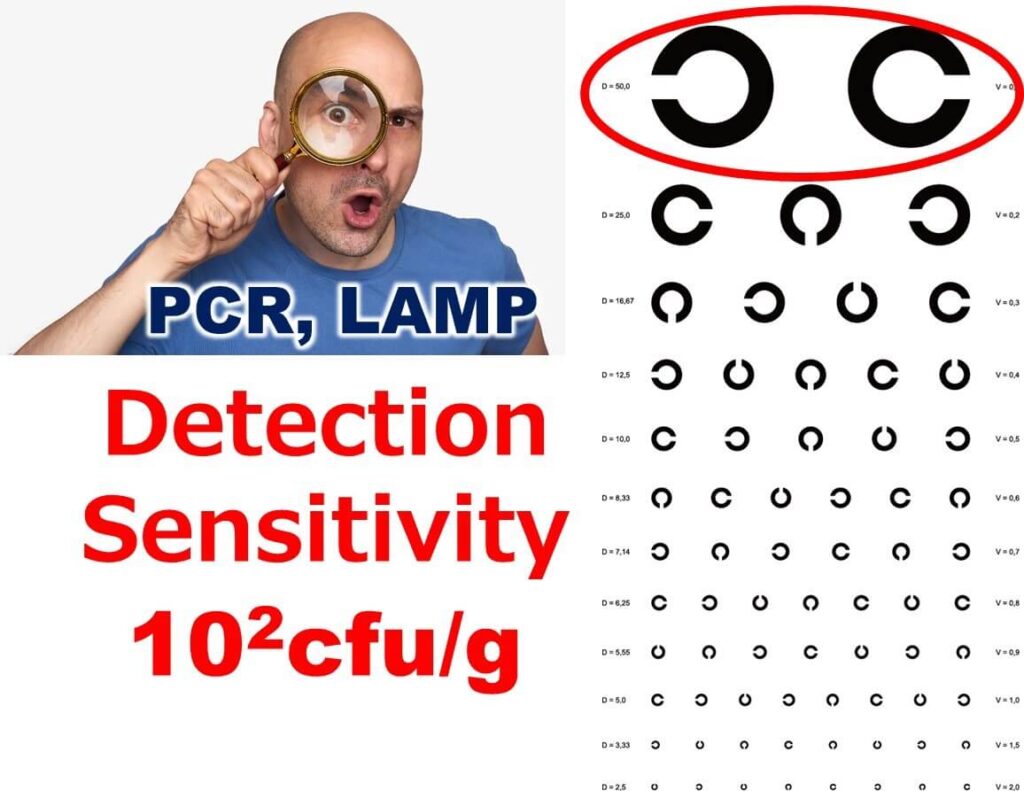
Understanding Detection Sensitivity
The minimum detection threshold for Real-Time PCR is 100 colony-forming units (cfu) per gram or milliliter of sample. Let’s calculate why this is the case:
1.Sample Dilution: Typically, 25 grams of food is mixed with 225 mL of diluent and homogenized, resulting in a 10-fold dilution.
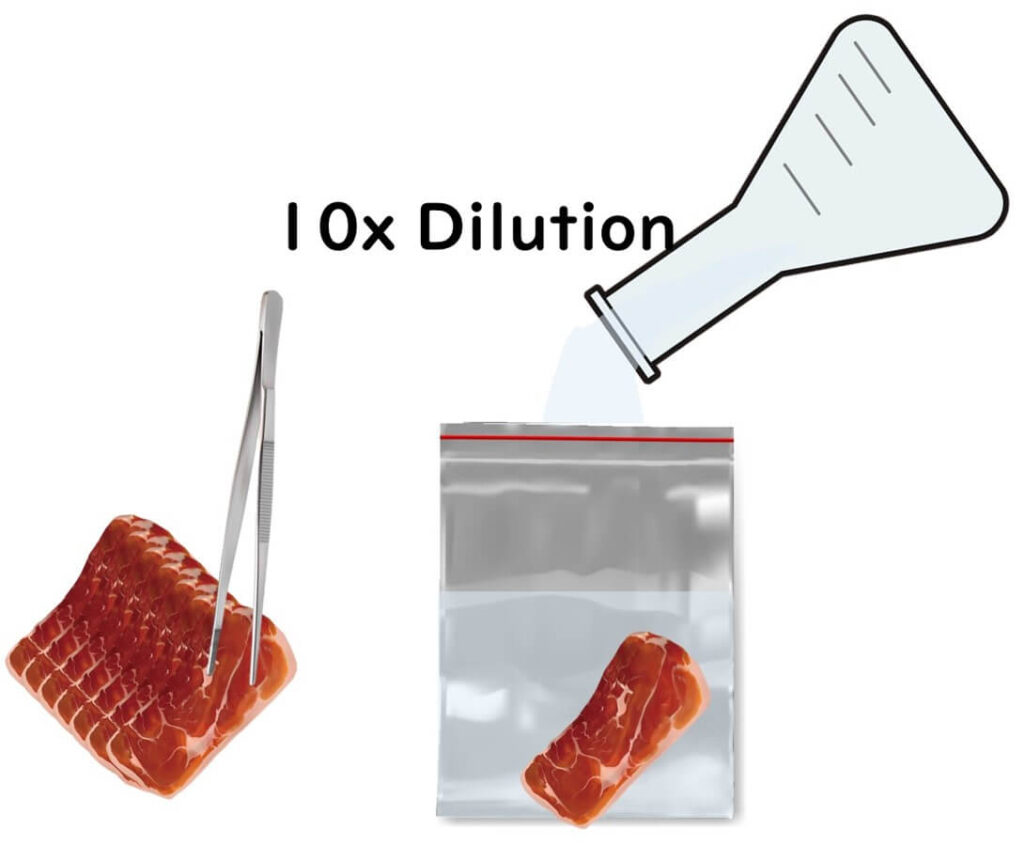
2.DNA Extraction: Further steps during DNA extraction introduce another 10-fold dilution.
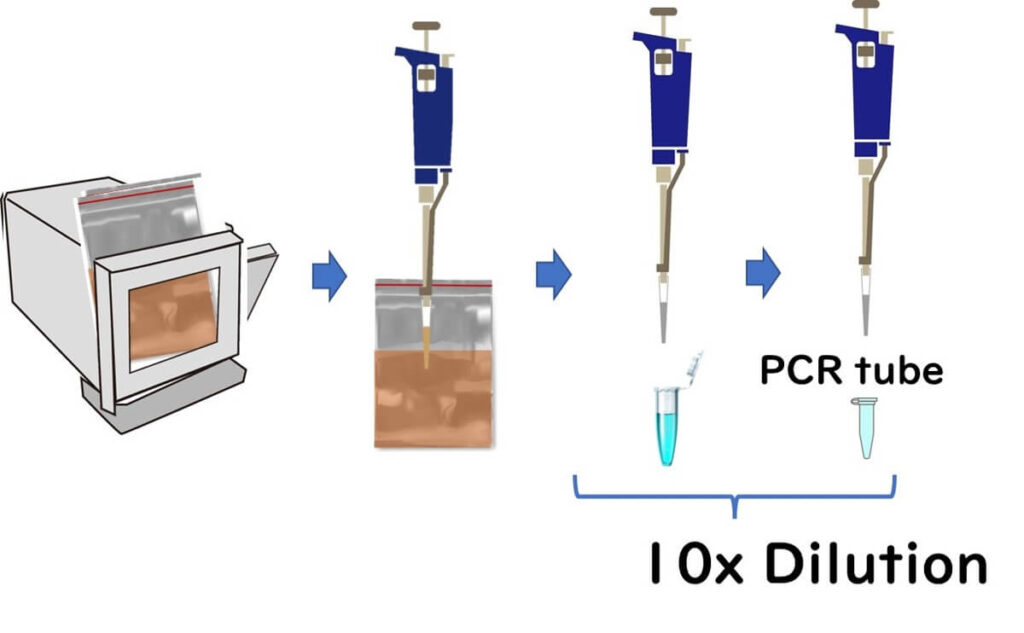
Thus, to ensure at least one DNA copy is present in the PCR tube, the original sample must contain 100 cfu per gram.
Food Microbiology’s Strict Detection Standards
In contrast, food microbiology often requires detecting 1 cfu per 25 grams (equivalent to 0.04 cfu per gram) to meet international microbiological safety standards. Direct Real-Time PCR lacks the sensitivity needed to achieve this level of detection.
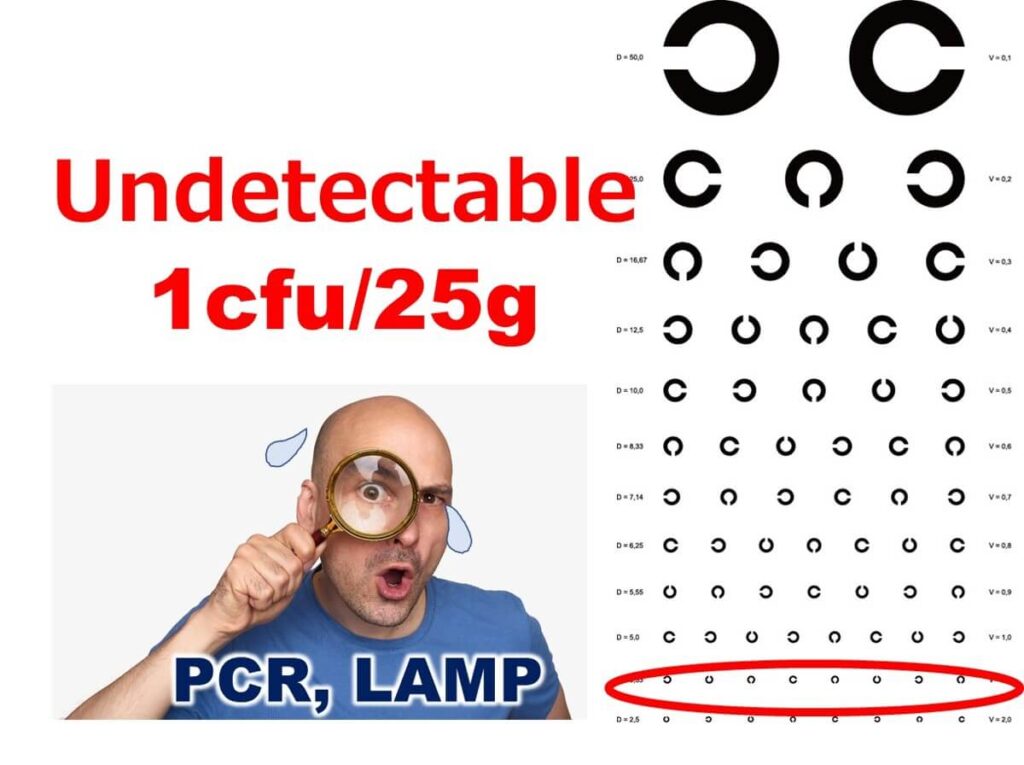
The Role of Enrichment Culture
To overcome sensitivity limitations, food microbiology relies on enrichment culturing. This step amplifies target microorganisms but sacrifices the ability to quantify the original bacterial concentration, which is essential for Real-Time PCR’s quantitative application.
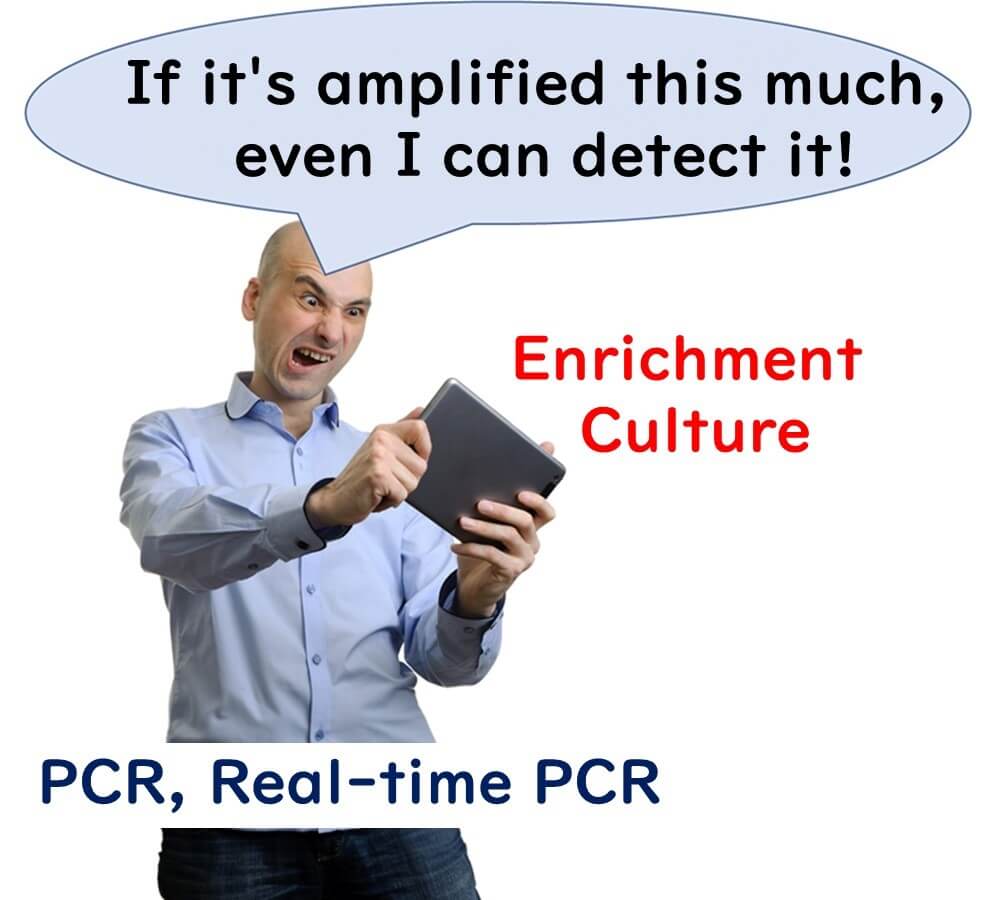
A Comparison with Medical Testing
The difference between food and medical microbiology further clarifies the challenge:
- Medical Testing: Focuses on measuring higher concentrations of pathogens (≥100 cfu/mL or gram), aligning well with Real-Time PCR’s capabilities.
- Food Testing: Aims to detect the mere presence of pathogens (1 cfu/25 grams), making enrichment culturing indispensable.
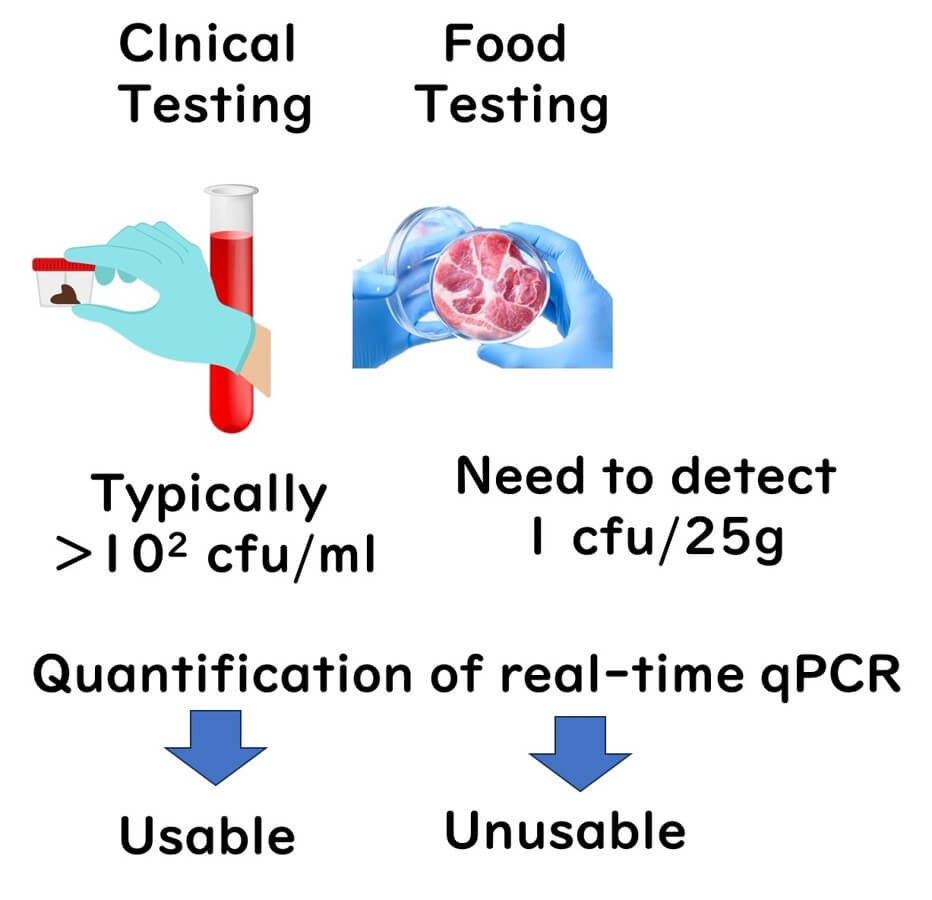
Practical Application of Real-Time PCR in Food Testing
Despite its quantitative potential, Real-Time PCR is primarily used in food microbiology for qualitative purposes:
- It determines the presence or absence of pathogens by detecting fluorescence exceeding a set threshold.
- This simplifies the testing process, making it a practical tool for routine pathogen screening.
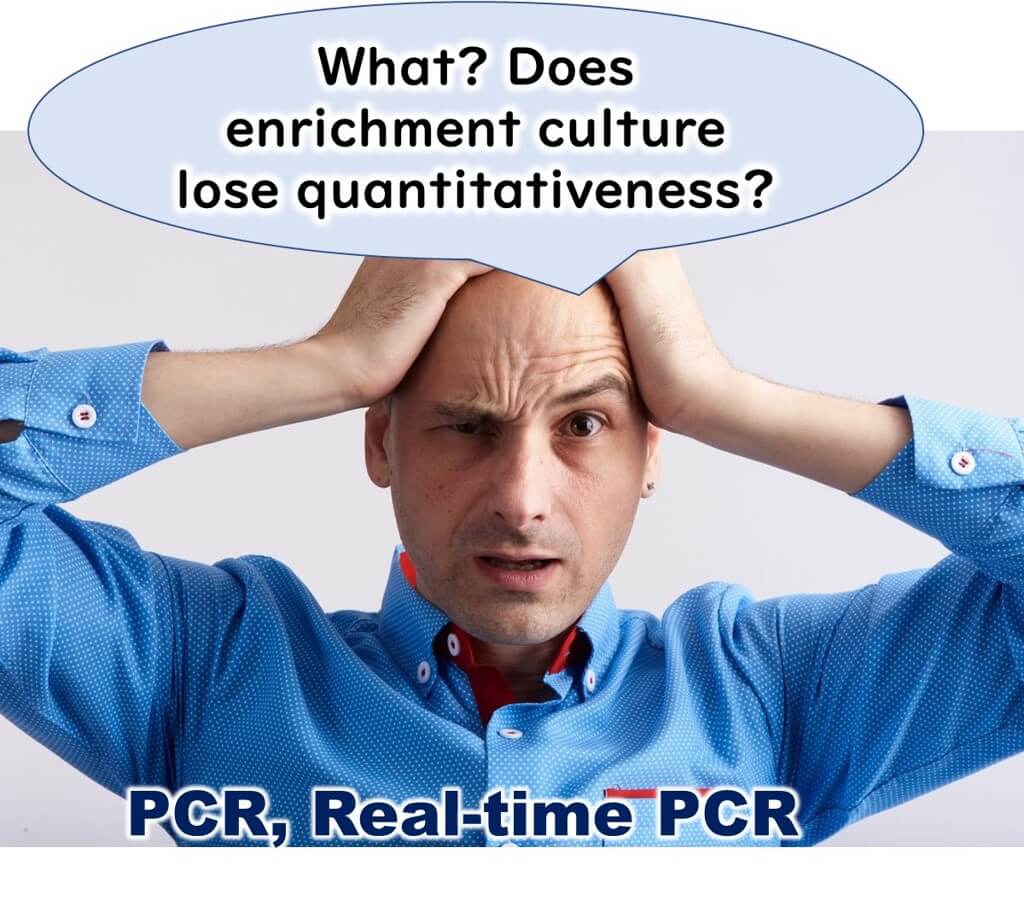
Summary
Real-Time PCR’s role in food microbiology is fundamentally different from its use in medical fields. While its quantitative abilities shine in clinical diagnostics, food microbiology relies more on its qualitative detection capabilities due to stricter sensitivity requirements and the necessity of enrichment culturing.
